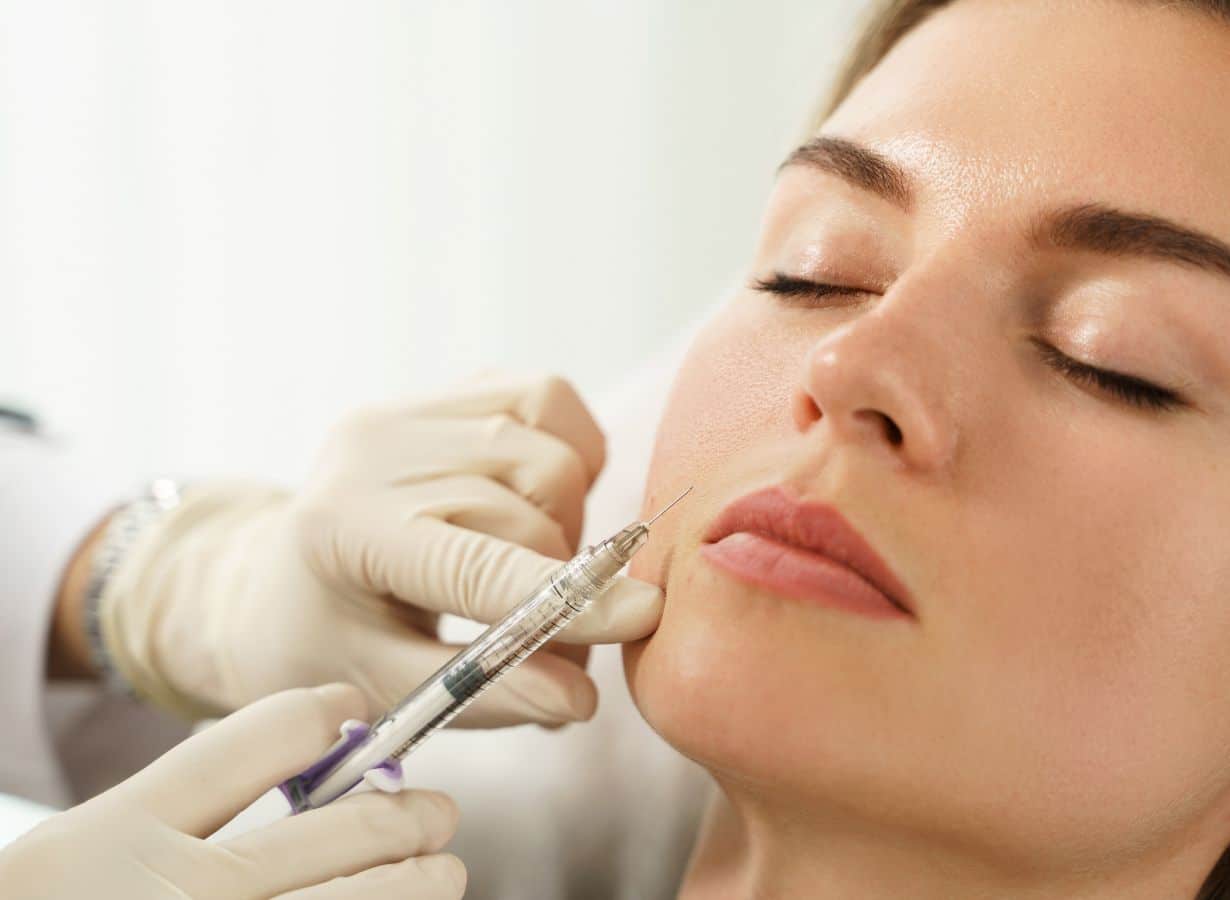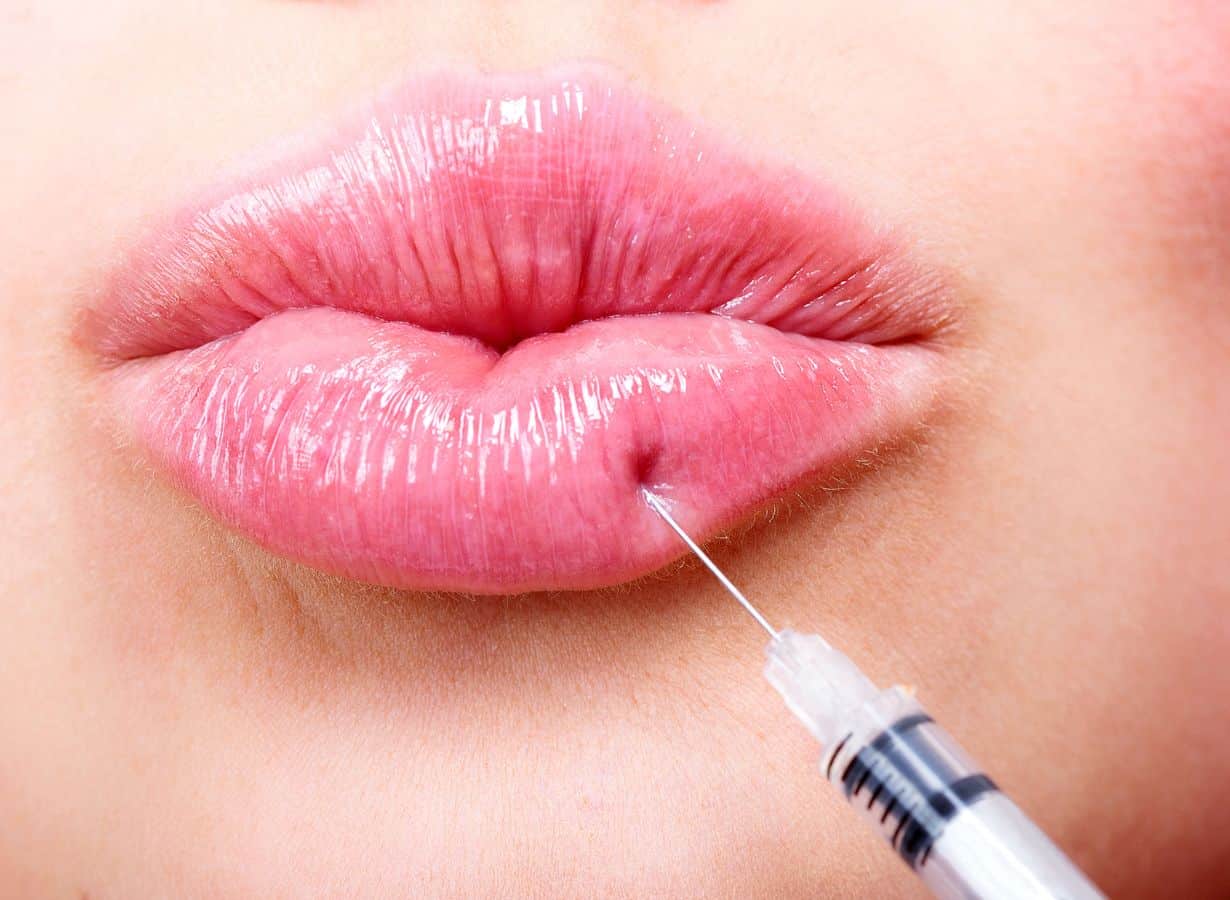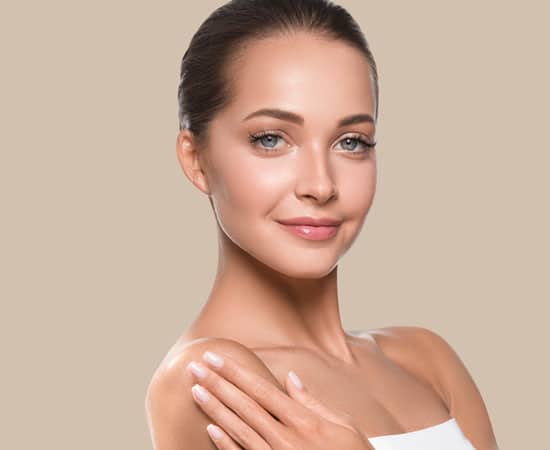
ermal fillers have become one of the most popular options in cosmetic medicine for individuals looking to enhance their features, smooth out wrinkles, and restore youthful volume without surgery. One of the top concerns for patients considering these treatments is how long they will last. After all, longevity can save both time and money, and it can also influence which filler is the best choice for your unique goals.
Key Factors That Determine How Long Fillers Last
Several factors influence the longevity of dermal fillers:
- Type of Filler: Different fillers are made from different materials, which degrade at different rates.
- Treatment Area: Areas of the face that move a lot (like the lips) tend to break down fillers faster.
- Individual Metabolism: People who have higher metabolisms may find their fillers don’t last as long.
- Lifestyle Choices: Smoking, alcohol consumption, sun exposure, and intense exercise can all cause fillers to degrade more quickly.
- Injection Technique: How and where the filler is placed can significantly affect how long it lasts.

Types of Dermal Fillers and Their Longevity
Let’s take a closer look at the most popular types of fillers and how long they typically last.
1. Hyaluronic Acid (HA) Fillers
Hyaluronic acid is a naturally occurring substance in our bodies. HA fillers are the most popular because they’re versatile, give immediate results, and are reversible if needed. Their longevity varies based on the specific product and treatment area.
Examples of HA fillers and how long they last:
- Juvederm Voluma: Can last up to 24 months. This is typically used for adding volume to the cheeks.
- Juvederm Vollure: Lasts up to 18 months. This filler is great for moderate to severe facial wrinkles and folds.
- Juvederm Ultra and Ultra Plus: Generally last about 12 months and are popular for lips and moderate lines.
- Juvederm Volbella: Designed for delicate areas like lip lines and subtle lip augmentation, usually lasting about 12 months.
- Restylane Lyft: Often used for the cheeks and midface volume restoration, lasting around 18 months.
- Restylane Kysse: A filler designed for the lips that typically lasts about 9 to 12 months.
- Restylane Refyne and Defyne: Ideal for lines around the mouth, with results that can last up to 12 months.
2. Calcium Hydroxylapatite (CaHA) Fillers
Calcium hydroxylapatite is a mineral-like compound naturally found in human bones. These fillers are thicker than HA fillers and provide a more robust structure, which can be great for deeper lines or areas that need more lift.
Radiesse: This is the most well-known CaHA filler. It’s typically used for moderate to severe facial wrinkles, jawline definition, and even hand rejuvenation. It provides immediate volume and also stimulates collagen production for longer-lasting results. Radiesse generally lasts between 12 to 18 months.
3. Poly-L-lactic Acid (PLLA) Fillers
PLLA fillers, like Sculptra, work differently from traditional fillers. Instead of adding volume immediately, they stimulate your body to produce more of its own collagen over time. This creates a more natural-looking, gradual improvement.
Sculptra: Typically requires a series of treatments (usually two to three sessions over a few months), but the results are long-lasting—often more than 24 months and sometimes up to three years. Sculptra is ideal for patients who want a slow, natural restoration of volume and structure.
4. Polymethylmethacrylate (PMMA) Fillers
PMMA is a synthetic material that has been safely used in medical devices for decades. Fillers that use PMMA are considered semi-permanent because they last much longer than other types.
Bellafill: This is the most well-known PMMA filler. It uses microspheres suspended in a collagen gel to provide immediate volume and ongoing support as the microspheres stimulate collagen production. Bellafill can last up to five years and is FDA-approved for treating nasolabial folds and certain types of acne scars.
Comparing Longevity of Fillers
To make it easier to understand how these fillers compare, here’s a simplified list of typical filler longevity:
- Hyaluronic Acid Fillers: Typically last from 6 to 24 months depending on the specific product and treatment area.
- Calcium Hydroxylapatite Fillers: Generally last 12 to 18 months.
- Poly-L-lactic Acid Fillers: Often last over 24 months, with results that build gradually.
- PMMA Fillers: Can last up to five years, providing semi-permanent results.
Things to Consider When Choosing a Long-Lasting Filler
While longer-lasting fillers might seem like the obvious choice, it’s important to consider your personal goals and preferences as well:
- Treatment Area: Areas like the lips naturally metabolize fillers faster, so even the longest-lasting filler might need touch-ups sooner.
- Aesthetic Goals: Some patients prefer a filler that will fade naturally over time, while others want the most durable result possible.
- Reversibility: If you’re new to fillers, HA fillers might be the best starting point because they can be dissolved if you change your mind.
- Natural Appearance: Some of the longer-lasting fillers create a more structured look, which might not be ideal for everyone. HA fillers tend to be more flexible and natural-looking in motion.
- Budget: Long-lasting fillers often cost more upfront, but they can save money in the long run by reducing the need for frequent maintenance.
Maximizing the Life of Your Dermal Fillers
To get the most out of your investment, consider these tips:
- Stay well-hydrated, as HA fillers bind to water and will look their best when you’re drinking enough fluids.
- Protect your skin from the sun. UV exposure can accelerate filler breakdown and contribute to premature aging.
- Avoid smoking, which damages skin elasticity and can reduce filler lifespan.
- Consider moderating intense exercise that could potentially break down fillers more quickly.
- Keep up with good skincare practices to support your skin’s natural health and elasticity.
Who Should Consider Longer-Lasting Fillers?
Longer-lasting fillers are particularly beneficial for:
- Individuals who prefer minimal maintenance and fewer appointments.
- Patients with deeper lines or more significant volume loss that require a more robust filler.
- People looking for a gradual, natural change in their appearance over time.
Remember, however, that longer-lasting doesn’t always mean better for everyone. A thorough consultation with a skilled practitioner will help ensure you select the best filler to achieve your desired look.
Advancements in Dermal Filler Technology
The world of fillers continues to evolve. Modern cross-linking techniques in HA fillers have made them more resistant to breakdown, resulting in longer-lasting results and more natural-looking outcomes. Hybrid fillers are also emerging, combining immediate volume enhancement with long-term collagen stimulation, offering the best of both worlds in a single treatment.
Rely on the Experts at Best Fillers LA
The longevity of dermal fillers is an important factor in choosing the best option for your aesthetic goals, but it’s not the only consideration. Achieving results that look natural, harmonize with your features, and reflect your personal style is just as important.
At Best Fillers LA, our team understands the artistry and science behind dermal fillers. We provide thorough consultations to help you understand your options and create a personalized treatment plan that aligns with your goals. With the right expertise and a tailored approach, you can enjoy long-lasting, natural-looking enhancements that leave you feeling confident and refreshed.
Contact Best Fillers LA today to learn more about which dermal filler is right for you and how we can help you achieve the results you want. Let us be your partner on your journey to timeless beauty.
The Final Verdict
When seeking the best, why settle for anything less?
Contact Happy Hands Aesthetics, the best cosmetic injection clinic in LA, for dermal fillers, and schedule an appointment.


